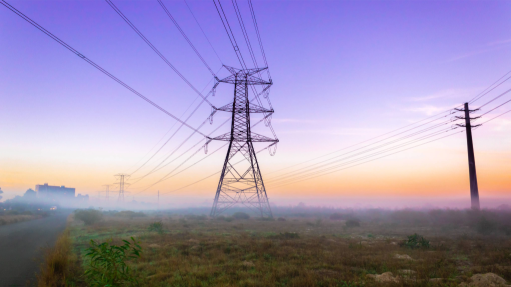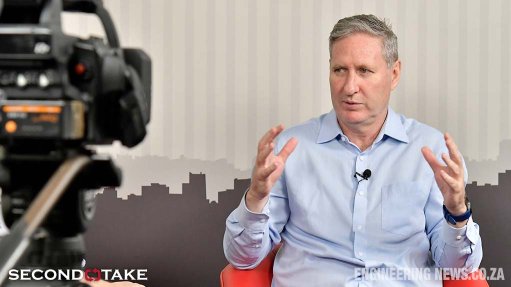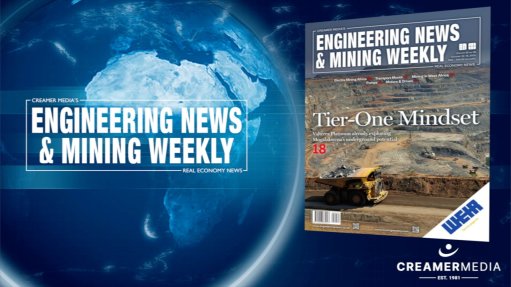Electronic loneliness: the nature of communication
I claim that communication is only possible between two systems which have different information content. The information content of a system is the probability that it will receive a message it has never received before. Put more simply, if my information content is 100%, then I know everything there is to know in the universe.
One thing is for sure: communication has become more rapid and, surprisingly, in my view, more heartless and, in addition, creates loneliness. Ernest Hemingway said: “One man alone ain’t got, no matter how alone, ain’t got no . . . chance.”
The truth of it is that we need human company to get by. To know that human company really exists, one has to communicate with them – to talk or message them and get a reply. Alan Turing, a genius of 60 years ago, predicted that, one day, machines would mimic humans. He devised the Turing test, a test of a machine’s ability to exhibit intelligent behaviour equivalent to, or indistinguishable from, that of a human. Turing proposed that a human evaluator would judge natural language conversations between a human and a machine designed to generate humanlike responses and decide if the responding machine is human or not.
Typically, one can think of a conversation like:
A: “So, how is your day today?”
B: “Oh, fine, much as any day. How are you?”
A: “Fine. Business is good.”
B: “I am glad to hear that.”
Such a conversation could take place between a human and a machine. The following conversation may reveal that one of the responders is a machine:
A: “ So, how is your day today? Did you have to drag yourself to your desk?”
B: “Oh yes, that may be so. I have to drag myself often.”
A: “So you do a lot of dragging? Fond of spliffs?”
It is a simple fact that the dating app, Tinder, for example, has a whole lot of bogus personalities. You have to be more than a little naive to believe that ‘May Belle, 44, English student, Ohio’ actually lives 12 km from Pinelands, Cape Town. You can reasonably expect that she will never respond to any ‘like’ that you send her. Where the despair comes in is when you have sent 80 people a ‘like’, with no response, save one where you ask them, “Where do you live?” and they say, “Cape Agulhas, Betty’s Bay”, after they have told you they work in the Cape Town central business district, which, by any stretch, is a long commute. Thus, you conclude that there’s nobody but robots out there or there is one robot out there and 79 people do not think you are worth speaking to.
The rapidness of communication means that you can send somebody a message, know they have received it, know that they have read it and, if they do not reply after a time, know they are ignoring you. Similarly, you can call them on a cellphone and, if they consistently do not answer, you can know they know it is you calling and they choose not to speak to you.
Both these scenarios lead to, at best, annoyance and, if you are a young person and many people do not reply to your messages or answer your calls, it can lead to depression. When I was young, we were told that it was bad manners not to answer the phone, since “somebody wants to talk you and it may be important”. Now the assumption is that “somebody wants to talk you and it’s probably not important”.
Selecting who you wish to talk to or communicate with means, naturally, that some important messages are sent but not read. This is the very essence of ‘noncommunication’. It is ironic that the increase in electronic communication ability can result in a reduction in information transmission and electronic loneliness. It should not be so – should result in happiness. Seems not.
Comments
Press Office
Announcements
What's On
Subscribe to improve your user experience...
Option 1 (equivalent of R125 a month):
Receive a weekly copy of Creamer Media's Engineering News & Mining Weekly magazine
(print copy for those in South Africa and e-magazine for those outside of South Africa)
Receive daily email newsletters
Access to full search results
Access archive of magazine back copies
Access to Projects in Progress
Access to ONE Research Report of your choice in PDF format
Option 2 (equivalent of R375 a month):
All benefits from Option 1
PLUS
Access to Creamer Media's Research Channel Africa for ALL Research Reports, in PDF format, on various industrial and mining sectors
including Electricity; Water; Energy Transition; Hydrogen; Roads, Rail and Ports; Coal; Gold; Platinum; Battery Metals; etc.
Already a subscriber?
Forgotten your password?
Receive weekly copy of Creamer Media's Engineering News & Mining Weekly magazine (print copy for those in South Africa and e-magazine for those outside of South Africa)
➕
Recieve daily email newsletters
➕
Access to full search results
➕
Access archive of magazine back copies
➕
Access to Projects in Progress
➕
Access to ONE Research Report of your choice in PDF format
RESEARCH CHANNEL AFRICA
R4500 (equivalent of R375 a month)
SUBSCRIBEAll benefits from Option 1
➕
Access to Creamer Media's Research Channel Africa for ALL Research Reports on various industrial and mining sectors, in PDF format, including on:
Electricity
➕
Water
➕
Energy Transition
➕
Hydrogen
➕
Roads, Rail and Ports
➕
Coal
➕
Gold
➕
Platinum
➕
Battery Metals
➕
etc.
Receive all benefits from Option 1 or Option 2 delivered to numerous people at your company
➕
Multiple User names and Passwords for simultaneous log-ins
➕
Intranet integration access to all in your organisation
















